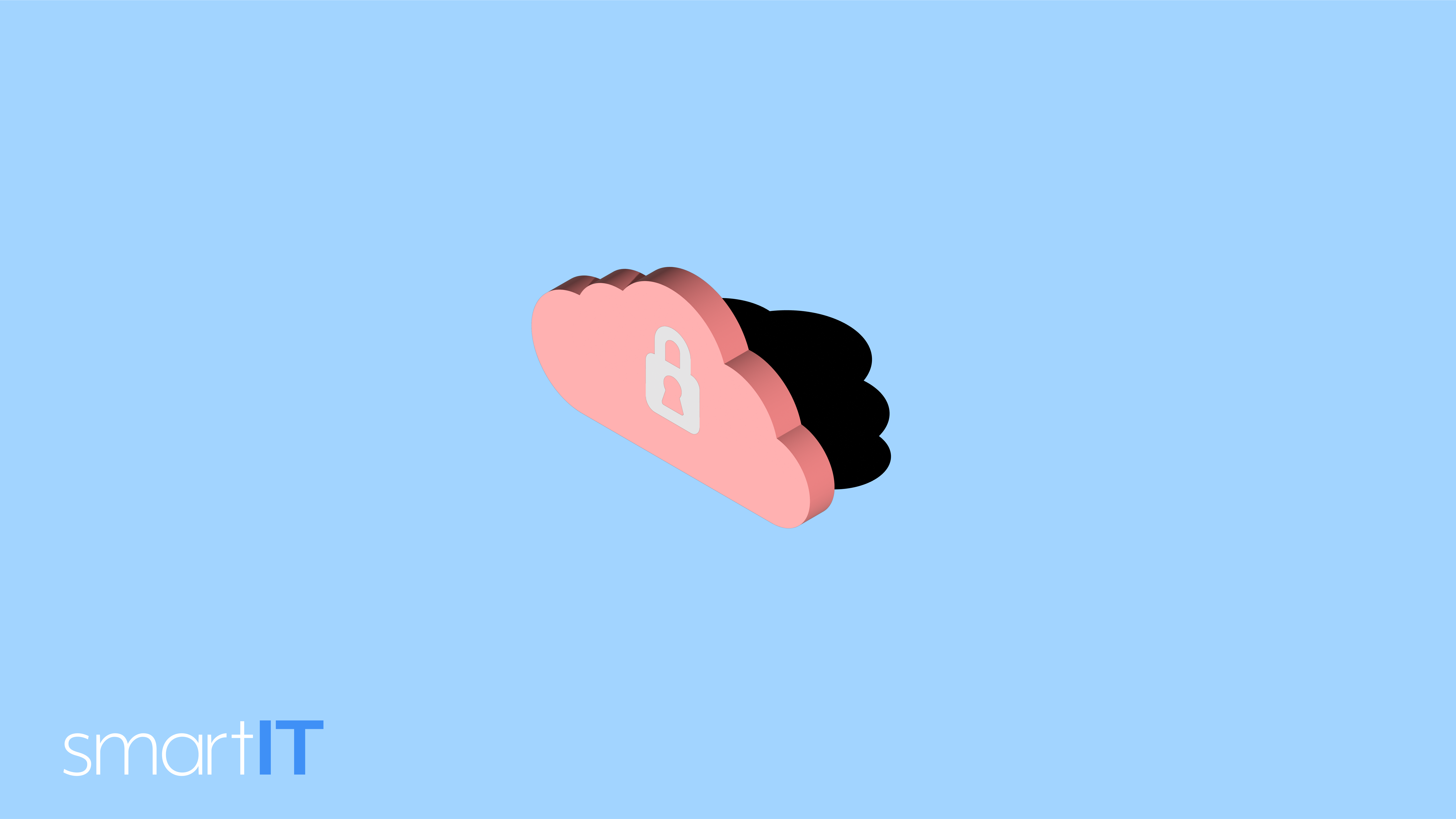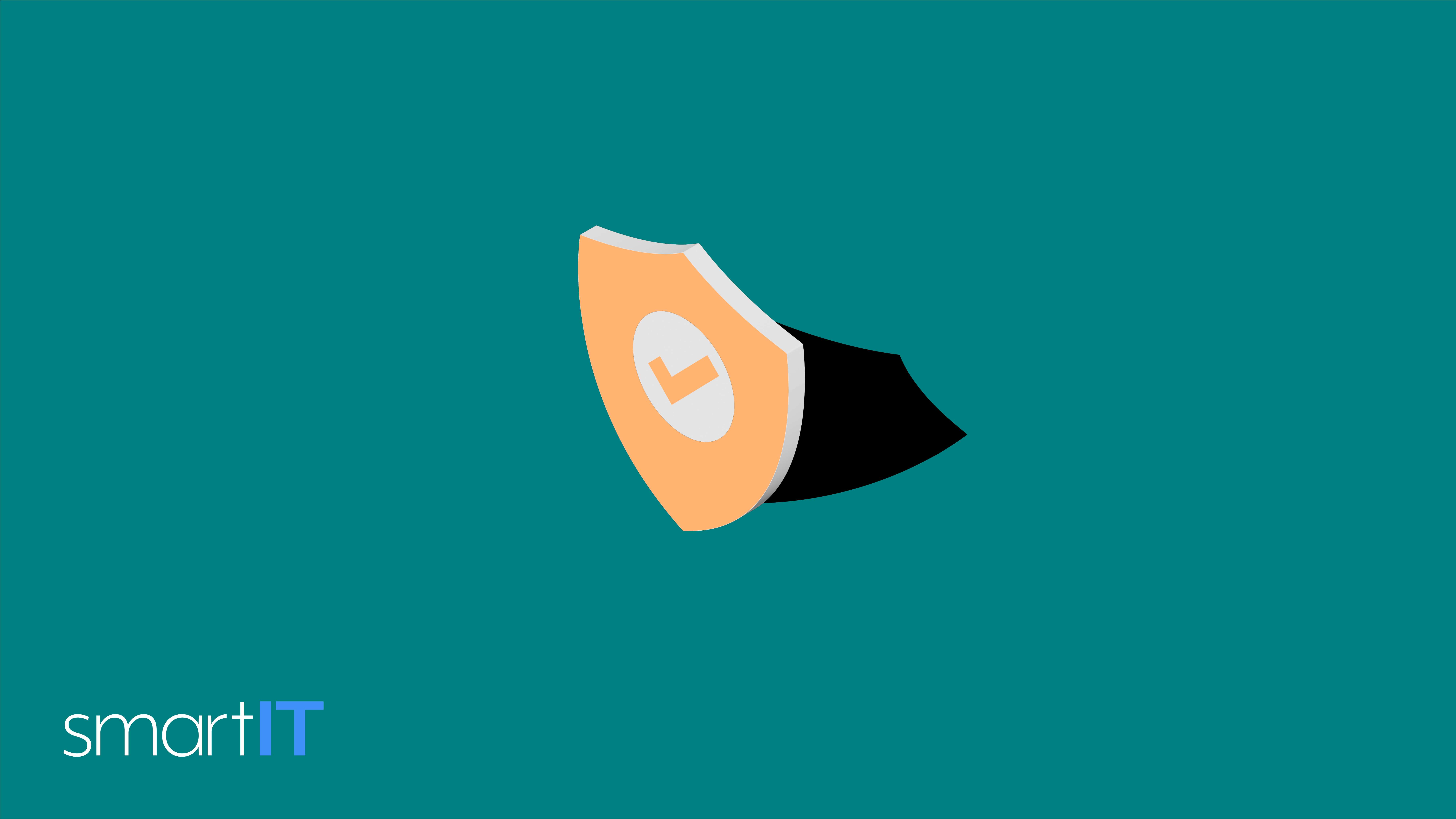
By Justin Hermann
Co-Founder and Technology Consultant at smartIT
Multifactor Authentication (MFA) is a critical component of modern cybersecurity. It adds an important extra step to the login process, making it harder for unauthorized users to gain access to systems and sensitive data. However, even though MFA is essential, it should not be viewed as a complete solution on its own.
MFA Helps, But It Can Be Defeated
MFA significantly reduces the success rate of many attacks that rely on stolen credentials. It does this by requiring something more than just a password, such as a code sent to your phone or an approval from an authentication app. That added barrier blocks many automated and brute-force attempts.
But determined attackers have developed ways to bypass MFA. Techniques like SIM swapping, token theft, and fake login portals are being used in active attacks today. These methods allow bad actors to intercept authentication codes or trick users into approving fraudulent access.
In short, MFA is strong but not invulnerable. It can be defeated if it is your only line of defense.
Security Requires a Layered Approach
Effective cybersecurity is not about any single tool or solution. It requires a combination of safeguards that work together. That begins with understanding each system you rely on, the data it handles, and the risks involved if it is compromised.
A solid defense means using multiple layers of protection, each one reducing the chance that a threat will succeed. This includes firewalls, encryption, endpoint protection, access controls, monitoring, and user training.
A Simple Mistake Can Undermine Strong Security
Imagine creating a 30-character password that would take centuries to crack. It sounds secure. But if you store that password in an unprotected text file on your desktop, an attacker does not need to crack it. They just need to access your computer or convince you to enter it on a fake login page.
This kind of mistake is common. Attackers know how to exploit it. That is why security must reach beyond just usernames and passwords. It has to account for how people use technology and where errors are likely to happen.
Look at the Entire Ecosystem
True security protects everything, not just accounts. That includes:
- Devices like laptops and phones
- Networks and Wi-Fi access points
- Applications and cloud services
- And most importantly, the people who use them
You cannot assume that any single measure will stop every threat. Instead, build a system where each layer backs up the others.
Final Thought
Multifactor Authentication is an important step. But it is not the final step. It should be part of a larger, intentional security strategy that is built to adapt and respond to changing threats.
In cybersecurity, depth and awareness matter. Make sure your protection goes far beyond just logging in.

